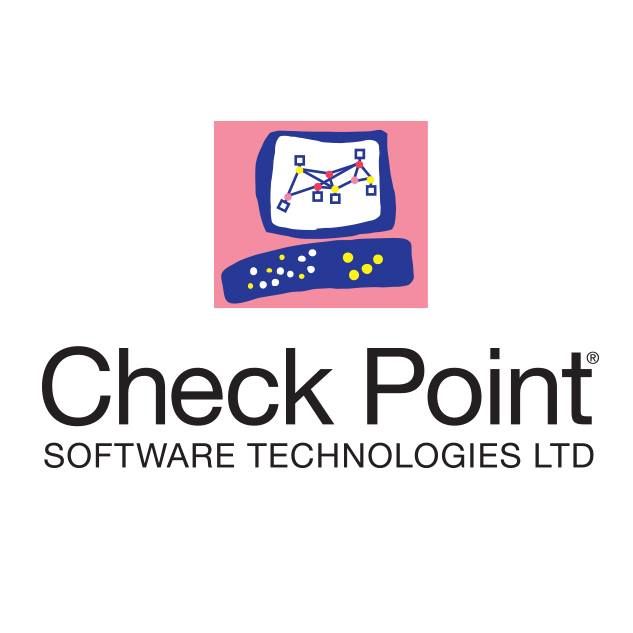157 reads
Securing Engineer Access to Cloud Environments with Zero Trust
by
December 1st, 2021
Audio Presented by

Welcome to the Future of Cyber Security. Providing solutions across all vectors to prevent 5th generation cyber attacks.
About Author
Welcome to the Future of Cyber Security. Providing solutions across all vectors to prevent 5th generation cyber attacks.